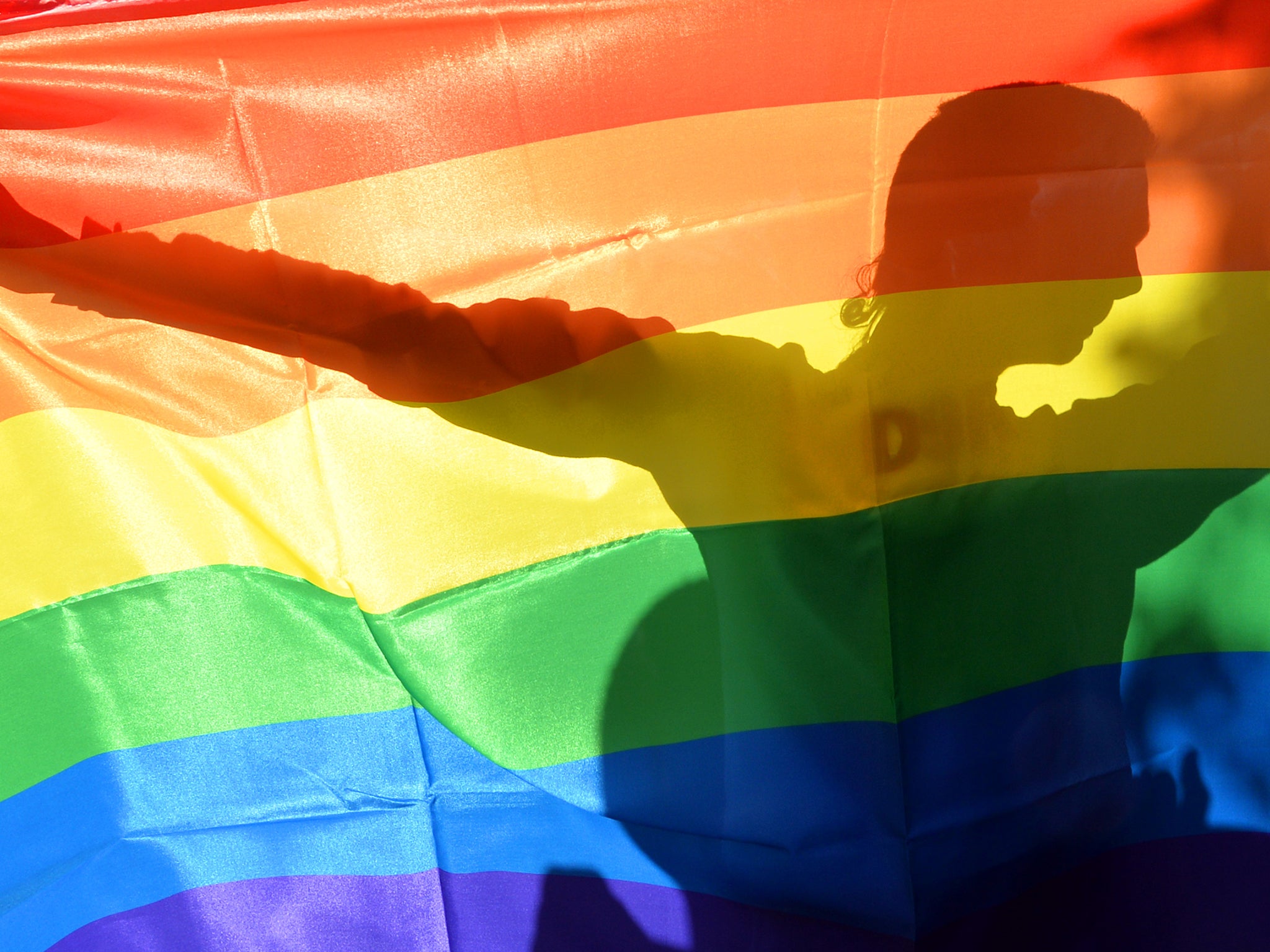Hetrosexual and homosexual people 'categorically different and not on a sexuality continuum', study finds
'By actually getting some understanding of how to categorise people and the unique challenges they face, we’re getting a lot more insight into their well-being and their experiences'

Your support helps us to tell the story
From reproductive rights to climate change to Big Tech, The Independent is on the ground when the story is developing. Whether it's investigating the financials of Elon Musk's pro-Trump PAC or producing our latest documentary, 'The A Word', which shines a light on the American women fighting for reproductive rights, we know how important it is to parse out the facts from the messaging.
At such a critical moment in US history, we need reporters on the ground. Your donation allows us to keep sending journalists to speak to both sides of the story.
The Independent is trusted by Americans across the entire political spectrum. And unlike many other quality news outlets, we choose not to lock Americans out of our reporting and analysis with paywalls. We believe quality journalism should be available to everyone, paid for by those who can afford it.
Your support makes all the difference.The longstanding theory that people are on a sexuality continuum has been disputed following the release of a new study.
The report by Washington State University researchers suggests there is a categorical difference between people who are heterosexual and those who are not.
It contradicts the the findings of sexologist Alfred Kinsey, who devised the homosexual-heterosexual continuum in 1948.
Mr Kinsey’s theory was that sexuality was fluid in humans, that the line defining homosexuals and heterosexuals was not as black and white as originally believed, and that sexuality existed on a spectrum.
The new study analysed the behaviour of 33,000 American adults, and found 3% of men and 2.7% of women were not heterosexual.
Alyssa Norris, a Washington State University doctoral candidate, led the research.
“There are distinct quantitative differences in sexual orientation, which means that there are categories of people based on sexual orientation,” she said of the report in the Psychological Science journal.
“By actually getting some understanding of how to categorise people and the unique challenges they face, we’re getting a lot more insight into their well-being and their experiences."
The report also suggested a link between being non-heterosexual and an increased chance of depression.
It found nearly three out of 10 non-heterosexual men met the diagnostic criteria for depression, twice the number of heterosexual men.
Ms Norris also claimed non-heterosexual women were more likely to depend on or abuse alcohol than heterosexual women.
The report did acknowledge the findings could be linked to the stigmatisation of non-heterosexuals.
But the researchers also claimed the findings would allow people to hone in on the cultural issues non-heterosexuals are likely to face and how it could affect their mental health, while touching on how sexuality can be determined by hormones and genetic make up.
Join our commenting forum
Join thought-provoking conversations, follow other Independent readers and see their replies
Comments